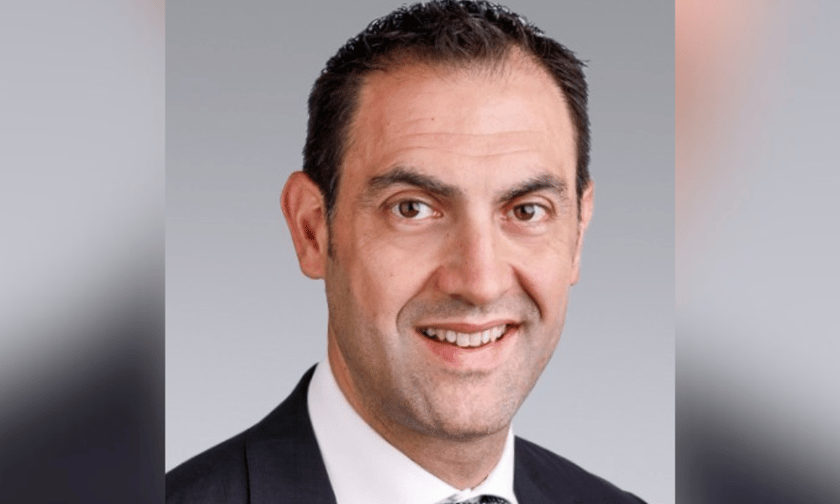

As Australia grapples with a housing crisis, institutional investors are turning their gaze towards the build-to-rent (BTR) sector, promising a substantial increase in housing supply, the Property Council of Australia has reported.
Colliers Residential Investment Review 2023 forecasted a surge in BTR apartments, set to rise nearly 3.5 times to 16,500 by 2026. This growth mirrors early trends in the UK’s now-thriving BTR market and marks a significant shift towards addressing Australia’s housing needs through institutional investment.
Robert Papaleo (pictured above), Colliers national director of residential capital markets, said the BTR sector has seen a significant uptick in interest from institutional investors, contributing to 43% of total sales activity in 2023 alone.
With a market value estimated at $3.3 billion by the end of 2023, these assets represent approximately 80% of the national BTR market and 0.03% of the total value of Australia’s residential market.
“Domination of the rapidly expanding BTR market is a foot in the door to the broader $10.2 trillion residential market for these investors, who have been renowned for providing residential accommodation overseas for decades and are well-poised to support alternative housing models in addition to greenfield development,” Papaleo said.
Melbourne leads with the highest share of completed BTR stock, at 48%, due to historically greater availability of well-located, larger sites with permitted schemes of 300+ apartments. This is followed by South-East Queensland, accounting for 39% of completed build-to-rent stock, largely due to the conversion of the former Gold Coast Commonwealth Games Village.
Papaleo highlighted the evolution of the BTR market since its inception, with projects maturing and more investors encouraging innovative development approaches.
“The nature of projects is maturing, as market participation of institutional investors, who account for six of the top 10 BTR platforms in Australia, 13,650 completed and committed BTR apartments, as well as sites which may provide an additional 8,250 apartments, induces developers to bring forward projects with innovative partnership models and alternative structured deals,” he said.
In 2023, more than $5bn in capital was raised to support the Australian BTR sector. While the current average project size is 281 apartments, projects expected to be delivered by 2028 are projected to have an average of 365 apartments.
See LinkedIn post here.
Despite the optimistic outlook, the BTR sector faces potential hurdles, notably due to recent tax changes.
The proposed Thin Capitalisation legislation and amendments to the Treasury Laws Amendment Bill pose threats to investment returns and project viability.
“While we welcome the amendments made to the Bill since it was first introduced, we will continue to work with the government and the Senate to ensure that this Bill maintains Australia’s appeal as an investment destination,” he said.
Additionally, fresh research from EY, commissioned by the Property Council, suggested that reducing the managed investment trust (MIT) withholding tax rate to 10% for BTR projects that include an affordable housing component could expedite the construction of 10,000 affordable homes within a decade.
Get the hottest and freshest mortgage news delivered right into your inbox. Subscribe now to our FREE daily newsletter.
